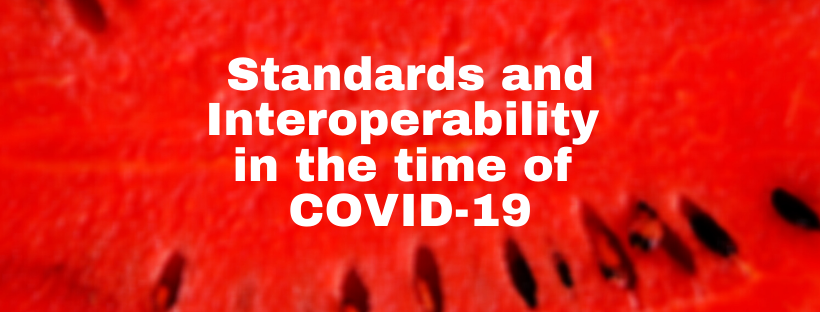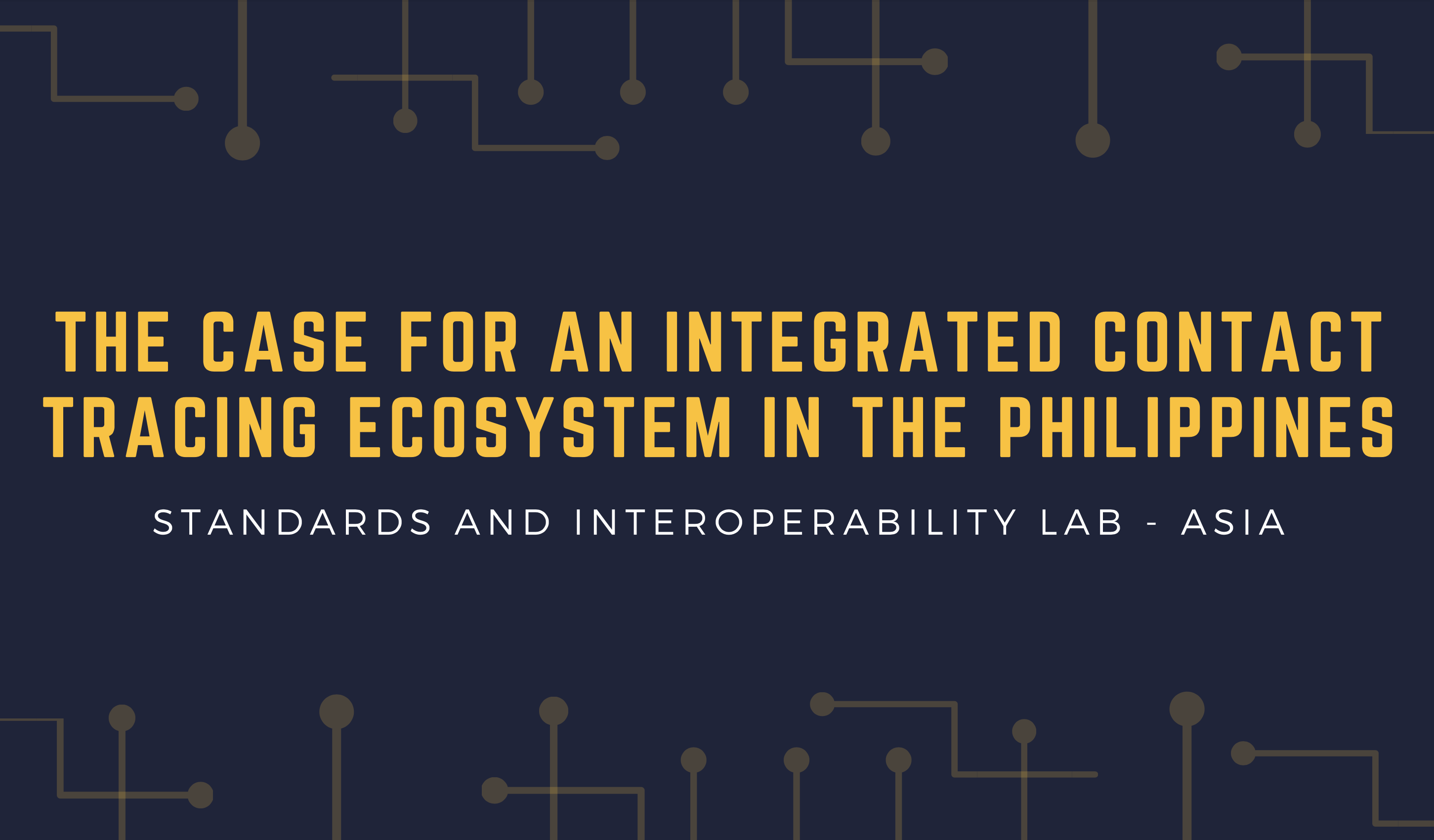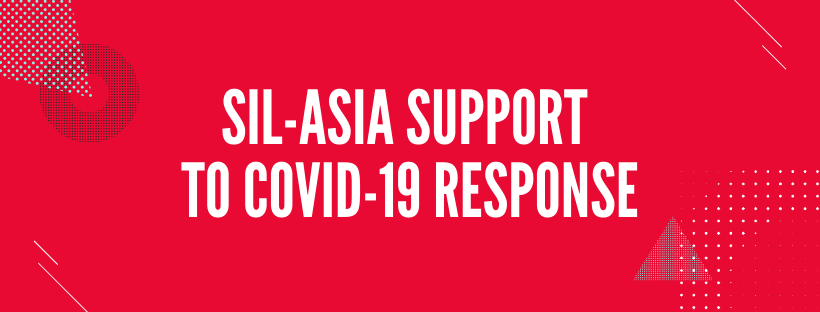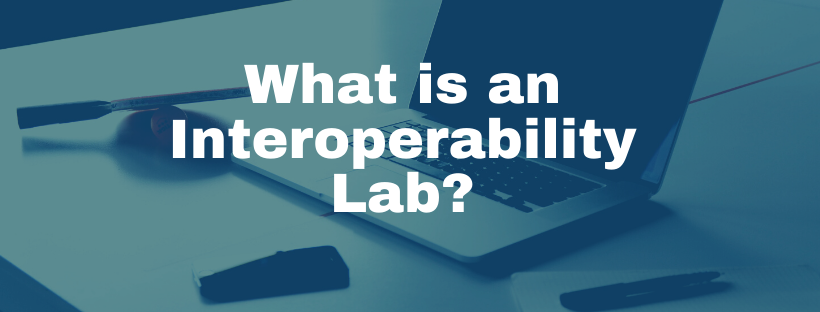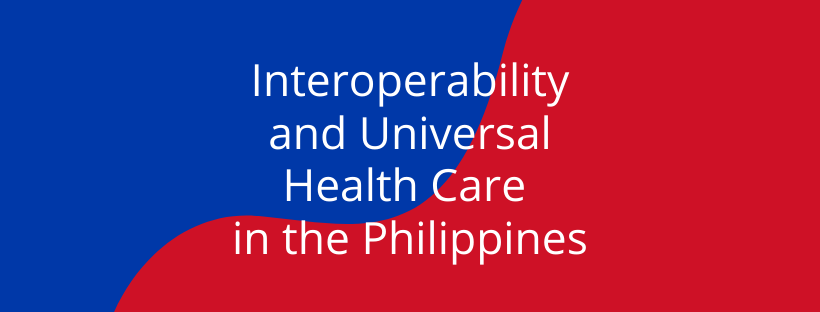The world is currently facing unprecedented health, economic, and social crisis with the spread of COVID-19. Countries around the world are working round the clock in developing tools that can combat the virus. While many efforts are centered on health (e.g., vaccines, medicines, treatment protocols) and relief (e.g., providing food, helping the vulnerable population, supporting those in need), quite a significant number of work being done also leverage on ICT as a tool against COVID-19.
In an earlier blog, we have shown some ICT applications being used across the Asia Pacific region to manage the pandemic (see here). Now, we will discuss the role of standards and interoperability in these times. Specifically, we will share the experiences and lessons learned by the Standards and Interoperability Lab – Asia (SIL-Asia) as we support the Philippine government in their initiative to integrate various health information systems for COVID-19 surveillance and data reporting.
ICT against COVID-19 in the Philippines
The Philippines, like many countries in Asia, is actively using ICT against COVID-19. Applications such as TanodCOVID and StaySafe.ph enable citizens to report COVID-19 symptoms. Once symptoms are reported, these applications will trigger the Local Government Unit (LGU) to check in on the person and the LGU will inform him/her of the next steps. Data from these applications are then bound to be submitted to the Department of Health (DOH) for monitoring.
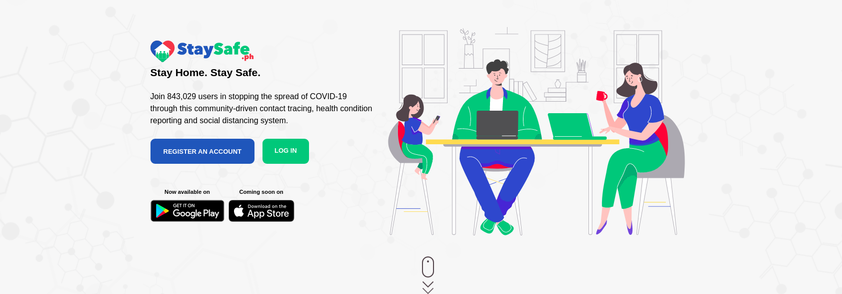
Screenshot of StaySafe.ph Website
The World Health Organization supports this effort by the DOH through the COVID Kaya Information System, a case and contact tracing reporting system. COVID Kaya, which receives data from laboratories and LGUs, is used by healthcare providers, surveillance officers, and laboratory-based users. COVID Kaya is also envisioned to push data to the FASSSTER (Feasibility Analysis of Syndromic Surveillance using Spatio-temporal Epidemiological Modeler for Early Detection of Diseases), a COVID-19 monitoring platform used for executive decision making. Given a lot of applications needing to share data with one another, two ingredients are required to connect all of them: standards and interoperability.
STEPS on HIS Integration for COVID-19 Surveillance and Reporting
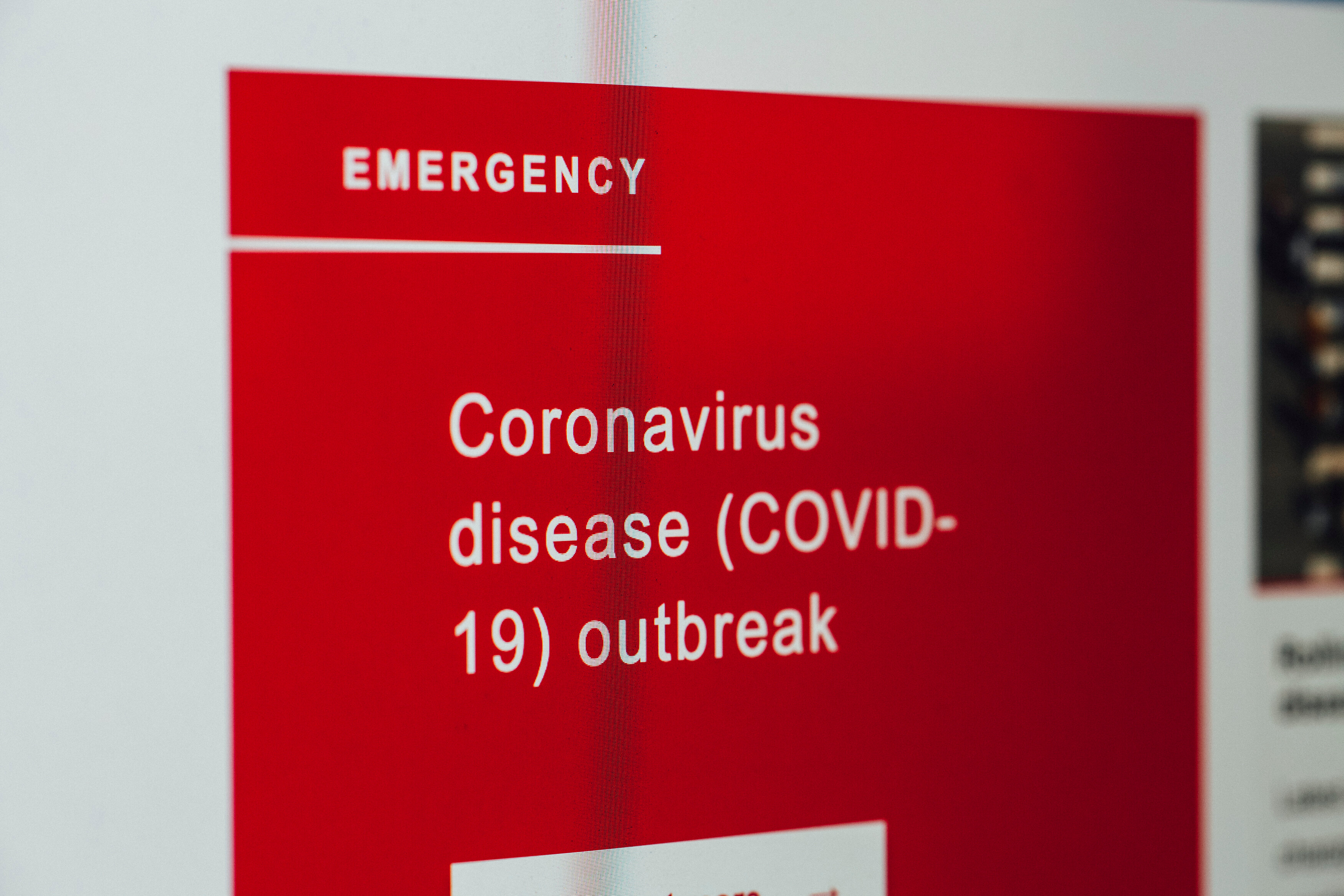
In this time of COVID-19, it is important that countries adopt standards and interoperability to ensure systems are sharing data properly and in real-time.
This is where the SIL-Asia comes in. SIL-Asia has been providing support to the Philippine government in integrating all the data that flows into the whole (digital health) ecosystem. It is important to note that the effort in integrating health information systems should be done at the same time the systems are being actually used. Thus, minimal disruptions should happen. Since the Philippine Inter-Agency Task Force on Emerging Infectious Diseases has adopted HL7-FHIR as the standard for health data exchange (thanks to FASSSTER), integrating systems should be easier.
The following are the steps SIL-Asia has been undertaking to facilitate the integration:
- Review the data dictionaries of various information systems. It is important that we get familiar with the data being exchanged and to know which data are present in which systems. We don’t want systems exposing their APIs (Application Programming Interface) without knowing whether the data they are sharing will be useful or not to other systems. When we came in, the first thing we did was to review these data dictionaries. We took the responsibility of aligning the data sets for each application so that the respective application developers could focus on their own applications.
- Map data to HL7-FHIR. Since we are using HL7-FHIR, it is important that the data fields are mapped to the corresponding FHIR resources. It is possible that some of the resources need to be extended to capture data that are not yet part of the HL7-FHIR standards.
- Develop the HL7-FHIR profile and implementation Guide. With COVID-19 Surveillance and Reporting as our use case, we won’t need all the 160 resources of FHIR. Hence, we need to localize HL7-FHIR to ensure that it will become useful as soon as possible and with no overhead. We did this by developing our HL7-FHIR profile and implementation guide.
- Map API workflows. Since HL7-FHIR capacity is not yet widespread in the Philippines, we went to as far as defining the API workflows for each of the applications within the ecosystem. We mapped which application will do a POST with another application. We identified the resources to be posted. We described the expected response, and we documented what the API consumer will do with the response. The main principle is that developers should focus on development, while we take care of the interoperability.
- Set up a FHIR server for testing. When all efforts are being done in parallel, it is hard to do integration right away. Thus, we have set-up a FHIR server that will serve as a proxy test server for applications that would want to check whether they are doing the right API calls. This helps them check if they are getting the response that they need, or if they are submitting the right resources.
- Integration testing. This is inevitable! We need to test if applications are sharing data properly. If steps 1 to 5 are done, then the 6th step should work properly.
- Deploy. Yes! We are then ready for deployment.
LESSONS LEARNED on HIS Integration for COVID-19 Surveillance and Reporting
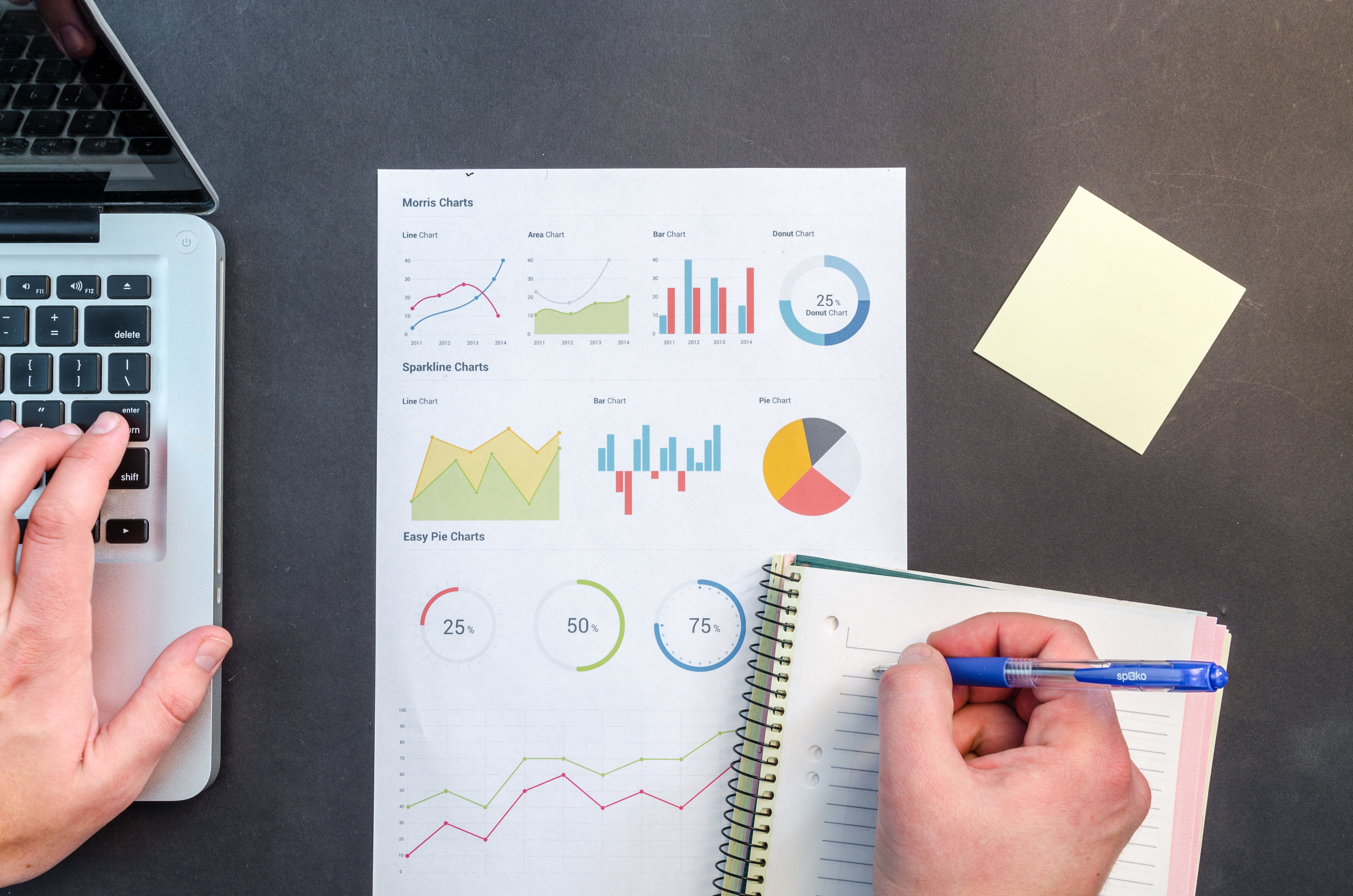
As of the moment, systems are still working to be integrated, but we can see some progress. We are pushing to have these systems integrated to ensure the timely availability of data. As early as now, we have captured some lessons we’ve learned along the way:
- Communication is important. It is important before, and it is even more important now. Since we can’t meet face-to-face as of now, it is important that the lines of communication are always open. Take advantage of video calls and even messaging apps. For our team, we have taken advantage of notion.so for team discussions, documentation, and even publishing. As an interoperability lab, we see it fit to constantly communicate with each of the app developers separately. It has been challenging to put five or six developers in a single call. Thus, peer-to-peer calls help us focus on the requirements of each of the app developers.
- Support, support, support. Everyone is busy. There is that constant need to develop features and to deploy them the next day. Developers must focus on the things that they need to accomplish right away. Reading data dictionaries, mapping data, or even learning a new standard will take away that focus. With SIL-Asia, we try to support them on this seemingly little stuff. If we can make their lives easier by defining the variables or by formatting inputs and responses, then that is what the lab does. There should be that someone who does the dirty job, and an interoperability lab should be ready to do that.
- Act quickly. If a solution cannot be presented in 15 days, then we become irrelevant. While interoperability is a deliberately slow process, the lab needed to make tweaks to ensure that the expectations from us will be delivered in the quickest possible time. Acting quickly includes publishing the needed documentation as soon as possible, looking at best practices done in other countries, and seeking help from domain experts.
- Documentation is needed now more than ever. There is no playbook on how to make all of these work. IHE profiles, and FHIR IG’s are available as guides, but more often than not things have to be done in an ad hoc manner. But still, it is important that steps taken are well documented and that the experiences and learnings be recorded. After the pandemic, when countries start reviewing notes on what worked and what didn’t, it will be helpful that the artifacts that were used and developed are made available readily.
- Standards and interoperability will never be the star of the show. Once all of these is done, people will remember the applications and the dashboards when it comes to digital health. We enjoy looking at government dashboards because they provide a lot of applications. Many articles will be written on how contact tracing applications can help governments in containing the virus. However, standards and interoperability will always be at the backstage. Right now, people expect that data should be available anywhere, all the time. The complexity of the interactions that happen at the backend will not be easily recognized and appreciated.
These are some of the lessons we have learned so far. As we continue supporting these efforts, the lab will continue documenting the work being done so that it can be shared later on.
We have not yet won against the virus, and there’s a lot of things that we still need to do. With standards and interoperability as tools for disease surveillance and reporting, we hope that battling COVID-19 would be a little less difficult to deal with.

